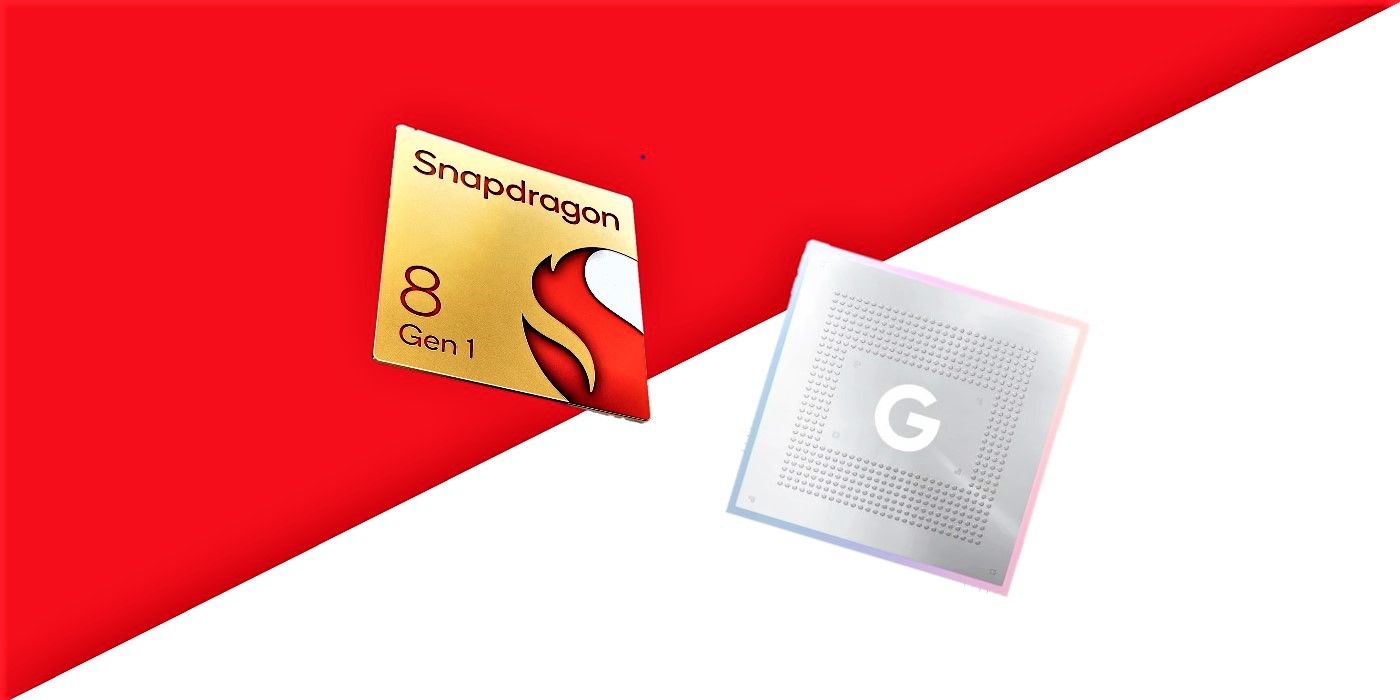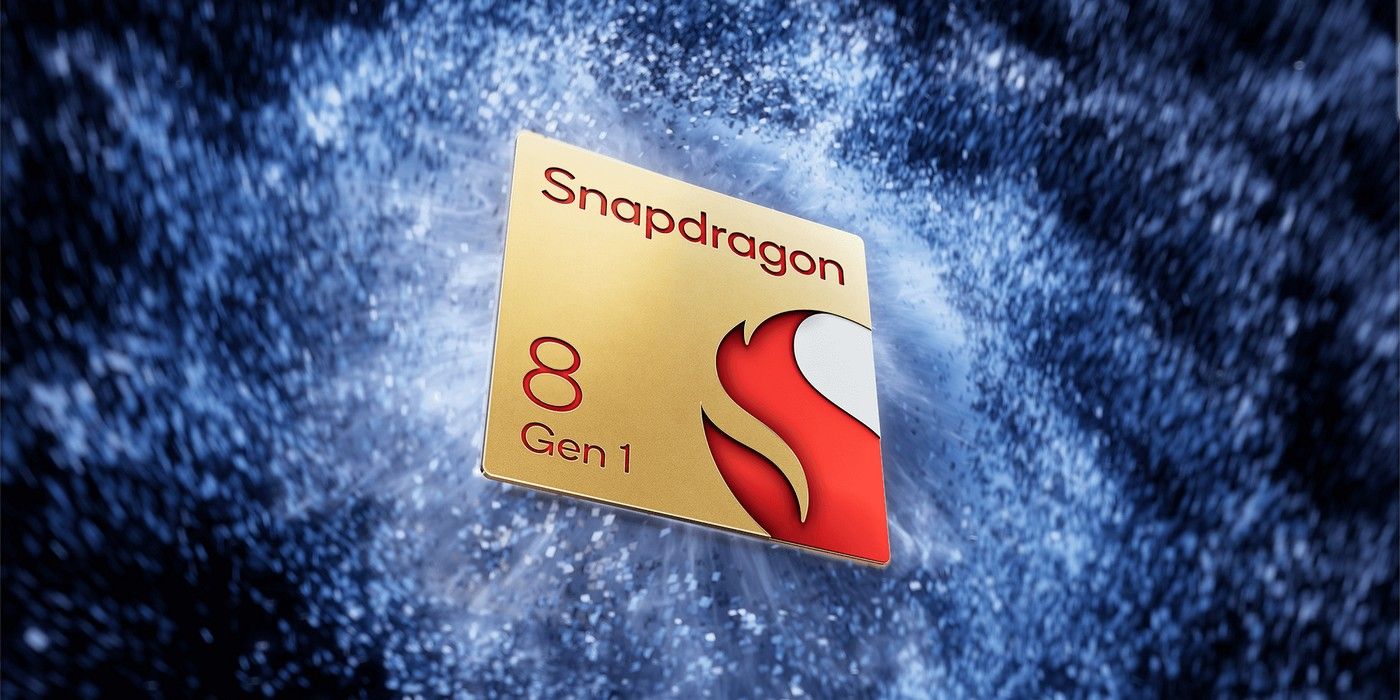
The Snapdragon 8 Gen 1 is touted as one of the world's most advanced mobile platforms, with performance that sets the standard for the next-generation of Android phones. Google's Tensor chip, on the other hand, is what drives the company's latest Pixel smartphones, but sheer processing power might not be on its side. Qualcomm's current Snapdragon 888 chipset powers many of the top flagship smartphones available to buy today.
Compared to its predecessor, the Snapdragon 888 system-on-a-chip came with significant upgrades in terms of overall performance, and the Snapdragon 888 Plus improved things further. Meanwhile, the Tensor chip wasn't made with Qualcomm's aid, rather, it's Google's first in-house built SoC, with a big focus on artificial intelligence and machine learning. Google already showcased what the Pixel 6 and its Tensor chip are capable of, but Qualcomm is just starting to ramp up the release of what it deems as the world's most advanced mobile platform.
In the original announcement, Qualcomm introduced the Snapdragon 8 Gen 1 as a chip that's set to usher in the next-generation of upcoming smartphones. It comes with faster 5G connectivity speeds, more processing and graphical power, better security, and greater camera performance compared to the Snapdragon 888. This includes increased maximum download speeds from 7.5Gbps to 10Gbps, 8K HDR video capture that's capable of capturing in HDR10+, and the latest Adreno GPU that results in a 30-percent boost in graphical performance. All while lowering power consumption by 25-percent in the process.

On paper, the specs of Google's Tensor chip might sound a bit underwhelming compared to Qualcomm's latest Snapdragon chipset. When it comes to performance benchmarks, the Tensor chip struggled to keep up with the Snapdragon 888, let alone its successor. In terms of graphical processing power, the Tensor chip's Mali G78 MP20 GPU is having a hard time besting the previous generation's Adreno 660, while the Snapdragon 8 Gen 1 also improved in the GPU performance department by 30-percent.
Of course, it's the same story when it comes to connectivity and photography, as the Tensor chip still utilizes last-generation standards compared to the next-gen equivalents found on Qualcomm's latest chipset. However, one of the main defining features of Google's Tensor chip is its emphasis on bringing AI-driven services locally while offline, instead of relying purely on relaying the user's personal data to its cloud computing via the internet. While the Tensor chip's slightly outdated hardware might prevent it from performing competitively against the latest Snapdragon 8 Gen 1, that's not to say it doesn't offer its own set of perks and benefits. Not to mention, Tensor is simply the start of Google's mobile SoC journey, with improvements expected to come as new generations roll through.
Source: Qualcomm
from ScreenRant - Feed https://ift.tt/3lyKV9g


0 Comments